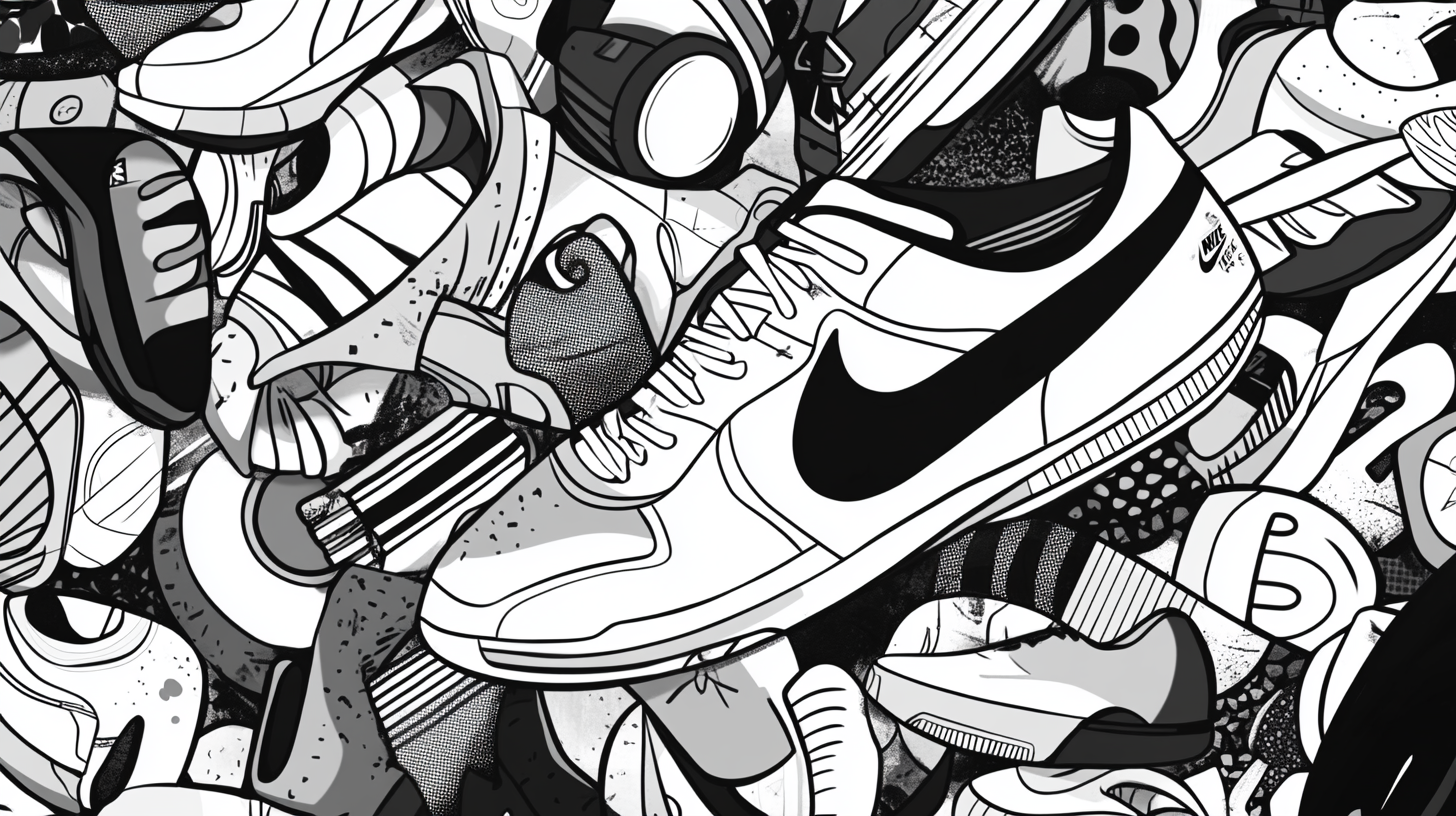Let’s start with the basics: a core definition of brand. There are many interpretations. In his first book “Managing Brand Equity” the father of modern branding, David Aaker, defines a brand in the following way:
A brand is a distinguishing name and/or symbol (such as a logo, trademark, or package design) intended to identify the goods or services of either one seller or a group of sellers, and to differentiate those goods or services from those of competitors. A brand thus signals to the customer the source of the product, and protects both the customer and the producer from competitors who would attempt to provide products that appear to be identical.
Managing Brand Equity by David Aaker (1991)
Honing in on optics and perception, Northwestern University’s Kellogg School of Management defines brand in this way:
“…a brand is a set of associations linked to the name, mark, or symbol associated with a product or service. The key word in this definition is associations. A brand is all the things you think when you see a name, mark, or symbol.”
Kellogg on Branding in a Hyper-Connected World (2019)
Synthesizing Brand Definitions
You can find many other definitions with slightly different takes but combining these two will give us a solid foundation.
From Aaker’s definition, we understand that 1.) a brand is a set of owned IP like logo design, trademark, fonts, colors packaging etc 2.) brand differentiates one firm from its competitors and 3.) the brand protects both the creator and consumer of a product or service by signalling authenticity and quality.
Kellog builds on Aaker’s definition by reminding us that, ultimately, a brand exists in the mind of others—customers, prospects or the general public at large. Every news story, influencer activation, customer service experience, unboxing, advertisement, email, and so on is an exercise in brand building. Every touchpoint in the customer’s journey through Pre-Purchase, Purchase, and Post-Purchase is an interactive brand experience. The optics, interpretations, and associations that build up around your brand, the public’s interpretation of your brand.
Examples of Positive Brand Associations
When you see Netflix, you might think of entertainment, convenience, and binge-watching. See Patagonia, and you might think of sustainability, outdoor, adventure, ruggedness, and quality. See Ethereum, and you think of decentralization, smart contracts, NFTs, the metaverse, and innovation.
Brand As A Reputation
In this way a brand is like a reputation. Your brand’s name or logo becomes all the things that people think of when they encounter it. Like reputations, your brand can catch a bad rap through negative associations because associations can be either positive or negative and are usually a mix of both. Especially for bigger brands.
Negative Brand Associations
Quibi—although ahead of its time—became associated with financial disaster and poor timing, facing challenges with its content strategy and market fit. Peloton has recently faced negative associations due to product safety issues and recalls, alongside declining demand.
Mixed Brand Associations
Chainlink has developed positive associations for its reliable and secure oracle solutions, enabling smart contracts to access real-world data seamlessly. However, it has also faced negative associations due to concerns about centralization and occasional network vulnerabilities. Johnson & Johnson is known for its trusted and effective healthcare products, earning positive associations with family care and medical reliability. Yet, it has also faced negative associations due to high-profile legal battles over product safety, such as the talcum powder lawsuits.
Polarizing Brands
Some brands are highly polarizing. For some, Tesla represents innovation, sustainability, and cutting-edge technology. For others, Tesla is a symbol of controversy, associated with quality control issues and the unpredictable behavior of its CEO. Similarly, Starbucks is beloved by many for its convenient, high-quality coffee and commitment to social causes, while others criticize it for contributing to the homogenization of local cultures and its high prices.
Conclusion
A brand is a combination of owned intellectual property, like logos and trademarks, and the associations formed in the minds of customers and the public. It differentiates a company from its competitors and signals authenticity and quality. Ultimately, a brand is defined by both its physical elements and the perceptions created through every interaction, making it a complex, dynamic, and important dimension to any company’s products or services.
